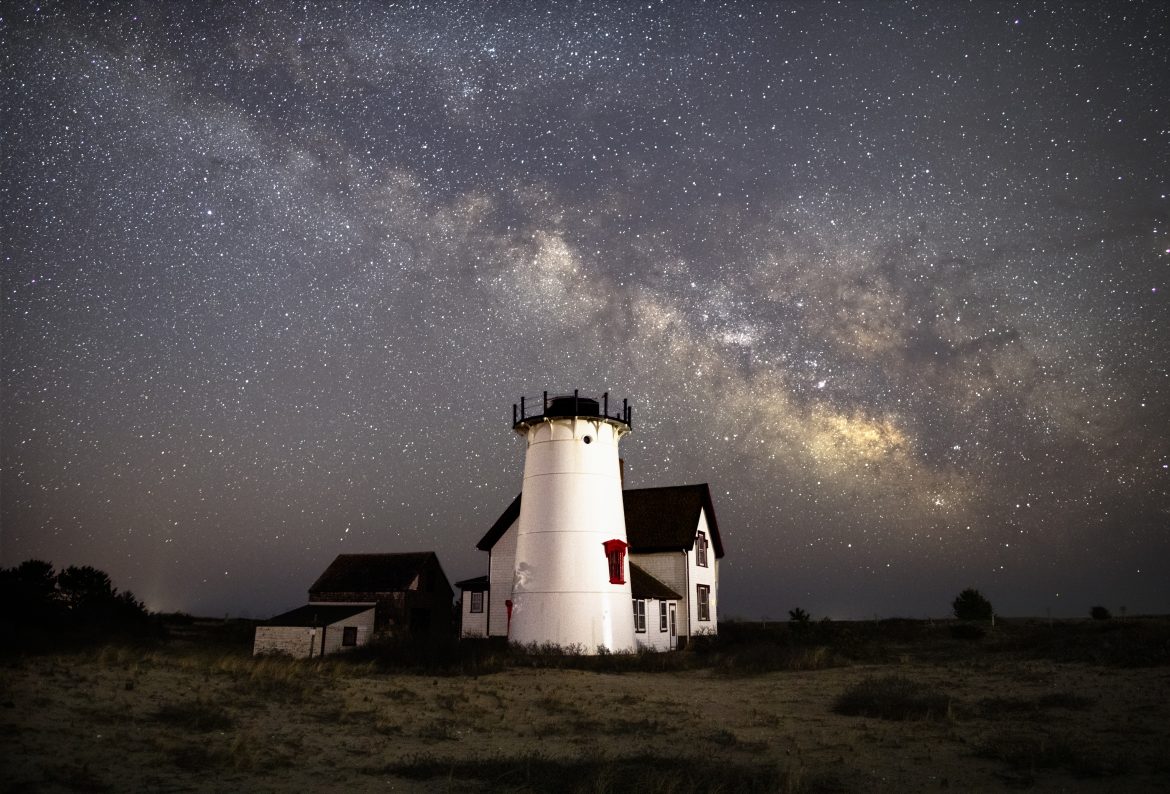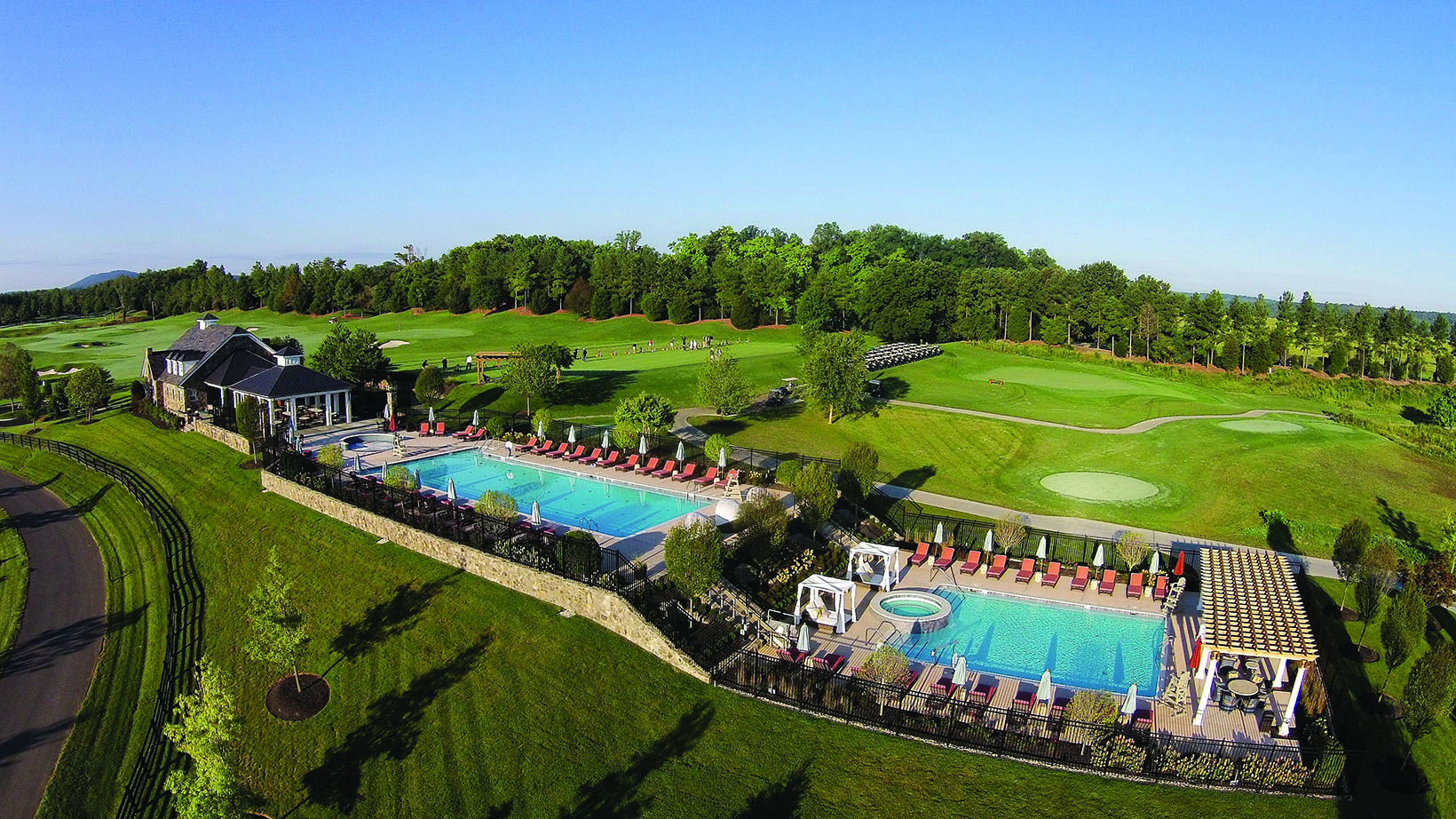Landscape photographer Rob Davies captures the aura and magic of New England’s lighthouses.
By Lannan M. O’Brien
There’s a bit of science involved in landscape photography, and that’s partly what Rob Davies loves about it. While he enjoys the creative side of his work, he notes that it also involves a significant amount of planning and thinking. It doesn’t hurt that there’s an adventure in every shoot. “It gets kind of exciting because of the places you can go and the situations that you haven’t been in before,” he says. “It’s really quite thrilling.”
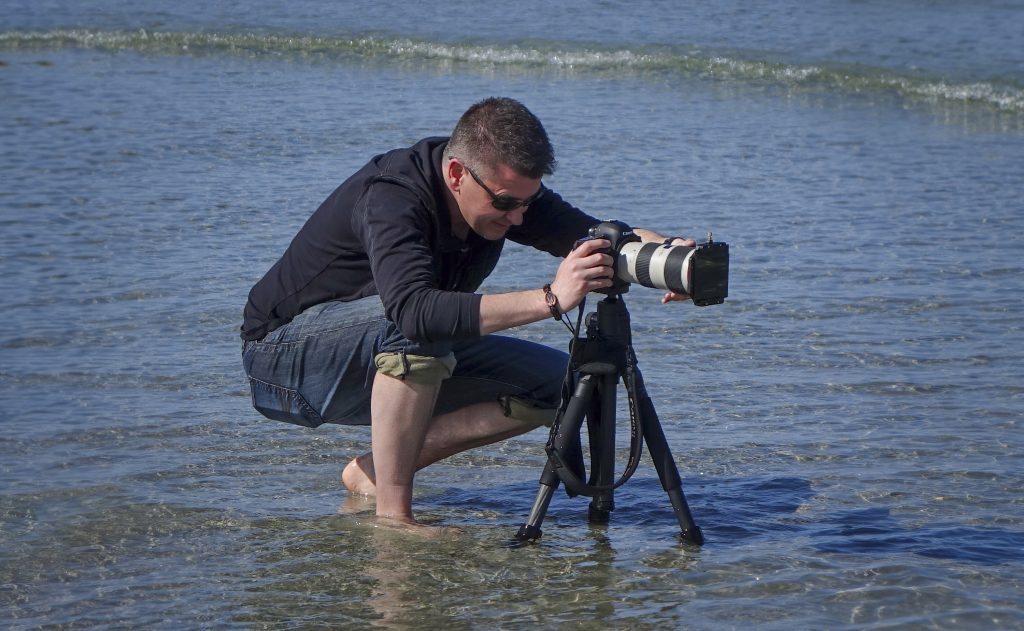
Originally from Warrington, England, the Arlington, Massachusetts, resident moved to the U.S. in the 1990s for his postdoc fellowship after earning his PhD in chemistry and has been here ever since. But it wasn’t until 2015 that Davies was inspired by his wife — Ioana Davies, a fellow photographer — to participate in his first workshop in Death Valley, mainly focused on night photography. He was hooked. About two years later, he left his more than 20-year career in the pharmaceutical industry to pursue his new venture: Rob Davies Images.
While Davies captures scenes across the U.S. and internationally, he is consistently drawn back to his favorite spots in New England, particularly along the coast. Gorgeous lighthouse images have become a signature of his work. “There’s just something about lighthouses that resonates with people and with me as well,” he says. “I don’t know if it’s the resilience of them, or it’s nostalgic in some ways, that feeling of guidance.”
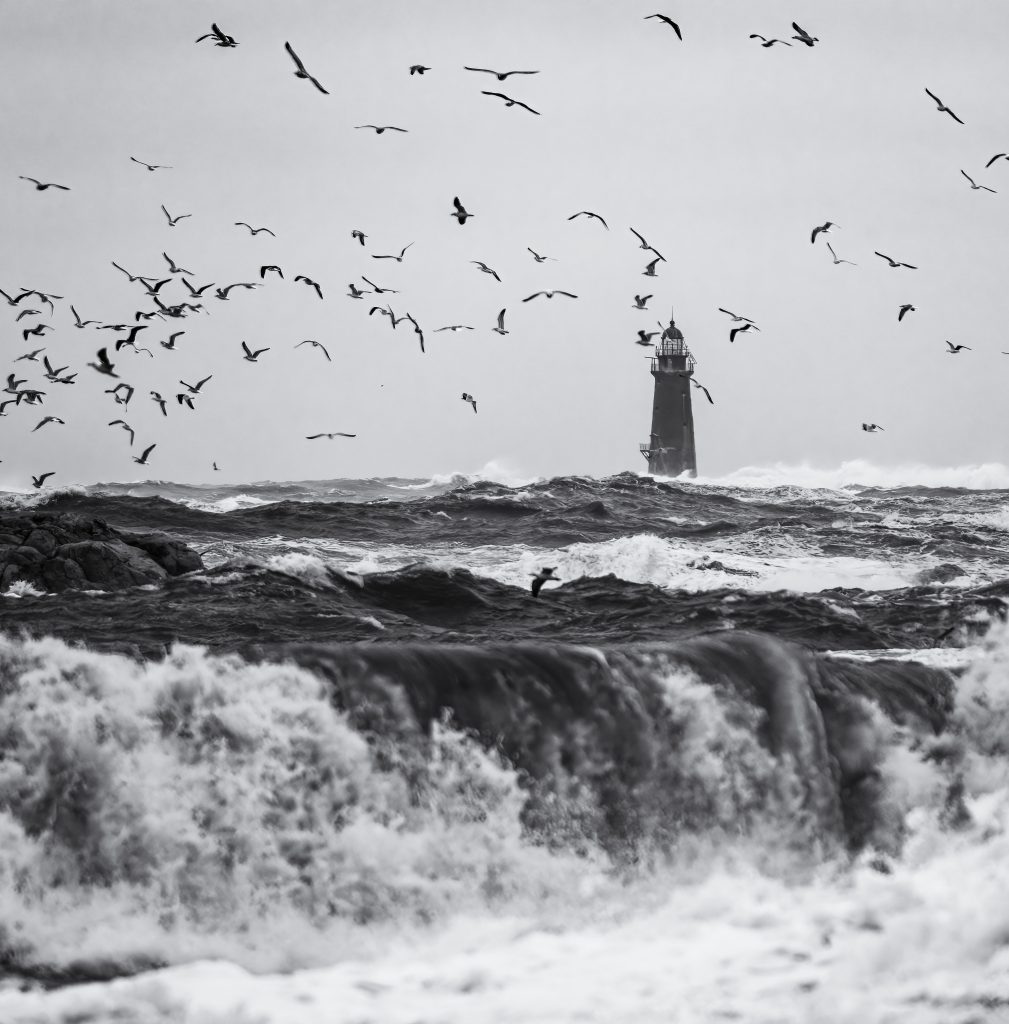
There are two ways that Davies approaches lighthouse images: he plans around the time of day — meaning sunrise or sunset, moonrise or moonset — or weather conditions. For example, if there’s a storm coming, he heads to Minot’s Ledge Light (nicknamed the “I Love You Light” for its flash of 1-4-3, the number of letters in each word of the phrase), offshore between Scituate and Cohasset, Massachusetts. He even ventured out into a nor’easter once to photograph the lighthouse. “I chose that location during the storm because I knew the waves would be crashing around it.”
If the seas are calm, he visits Annisquam Harbor Light Station in Gloucester. In fact, he’s been there so often that he knows exactly where to stand for the best viewpoints. But as with every shot, there is planning involved. “I’ll know when there’s going to be a high tide or low tide, and then I look to see whether there’s going to be a good sunrise or sunset probability,” he says.
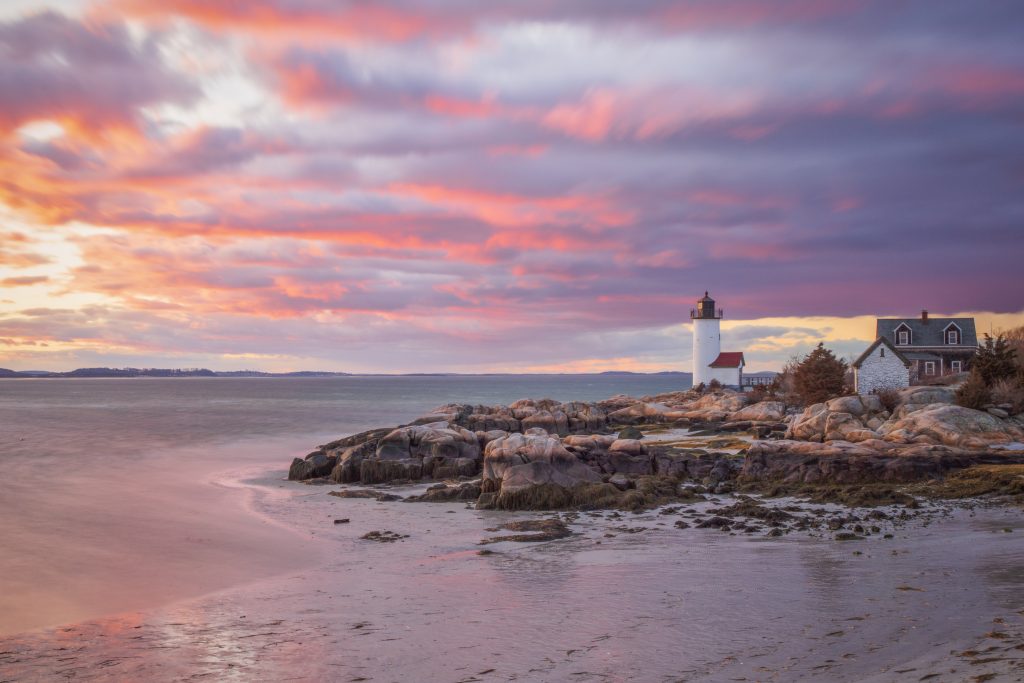
Nubble Light, an iconic landmark on Cape Neddick in York, Maine, makes a striking subject for moonrise and moonset shots. Davies uses an app that provides information on moon rise times and exact locations, which can help photographers plan lighthouse images with the moon in the background. To capture the effect of the moon appearing large in comparison to the lighthouse, he says, you need to photograph from a distance and use a long lens.
During a full moonrise, photographers swarm the beach across from Nubble Light. As the moon begins to rise, Davies explains, they must constantly change position along the beach for the best composition. “It’s funny when you’re on the beach because all these photographers are there trying to do the same thing, and everybody’s moving to the left. It’s like all these crabs walking along the beach,” he says, chuckling.
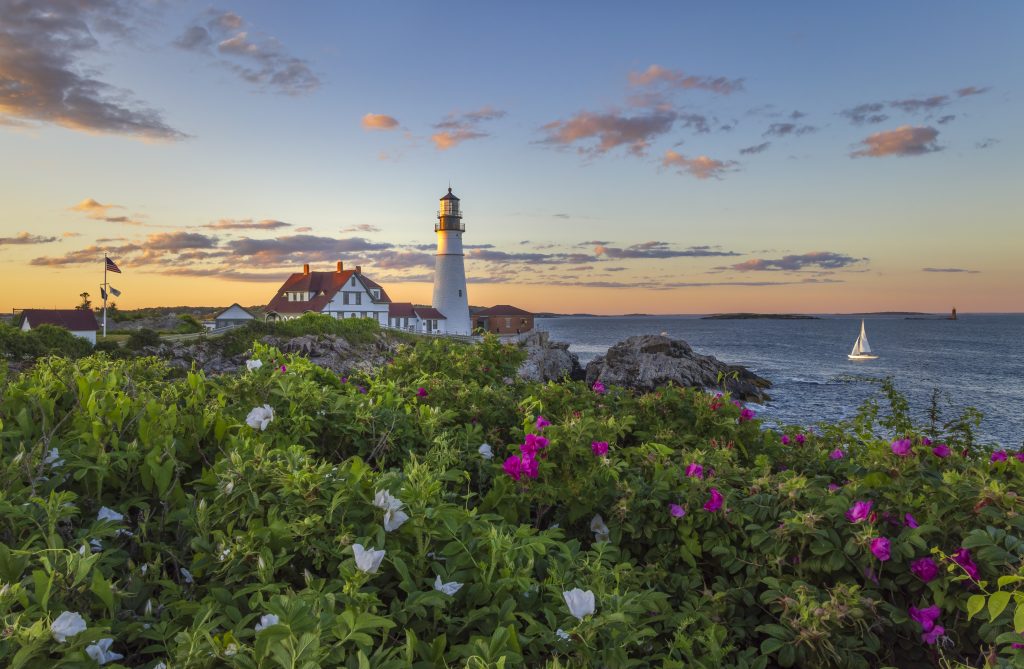
Davies recalls many situations in which the serene beauty of the final image did not reflect his experience of capturing it. While one might assume a sense of peace accompanies photographing idyllic New England landscapes, he would more accurately describe the process as “hectic,” acknowledging the undeniable truth of social media’s popular “Instagram vs.Reality” trend. “I think that’s what you try to do with landscape photography, is to try to give that impression of calm and peace. “You want it to look serene, clean,” he says. “So, composition is a big part of what you try to do with the image.”
As he is often drawn to the seaside, he always has a pair of Wellington boots in hand. When photographing water, Davies says, it’s usually best to be in it. But this can lead to some dangerous situations. Once, while capturing Nubble Light at sunrise, he was standing on the lower rocks with powerful waves crashing around his feet and filling his boots. It was a don’t-try- this-at-home moment, but it allowed him to capture the intrinsic drama of rough seas.
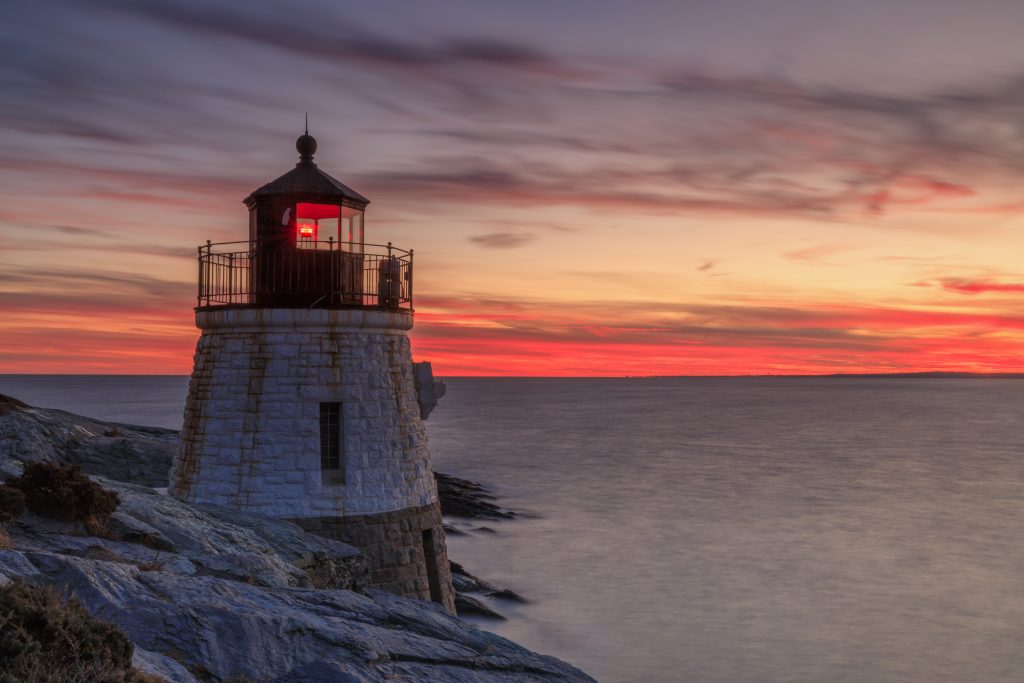
He also reflects on an experience at Minot’s Ledge Light amid a storm. The winds were so strong that rocks were whipping through the air, and he was dodging them while constantly wiping his camera lens. “I was standing there with this long lens, gripping the tripod and camera for dear life,” he says.
But in the end, he got the ideal shot. Other Massachusetts coastal spots Davies finds himself returning to include Singing Beach in Manchester-by-the-Sea (“It’s called Singing Beach because when you walk on it, [the sand] makes a sound like it squeaks,” he explains), where the waves splash against the rocks for a dramatic effect, and Salisbury Beach, which can appear silver when the sky reflects on the sand.
He also ventures down to the many striking landscapes on Cape Cod. Davies regularly visits Nauset Light, First Encounter Beach, and Skaket Beach, some of his favorites. (Skaket Beach was where he first met Cape-based photographer Betty Wiley, whose work he followed on Instagram. They became close colleagues and, ever since, plan photography trips together with fellow New England-based photographer Michael Blanchette.)
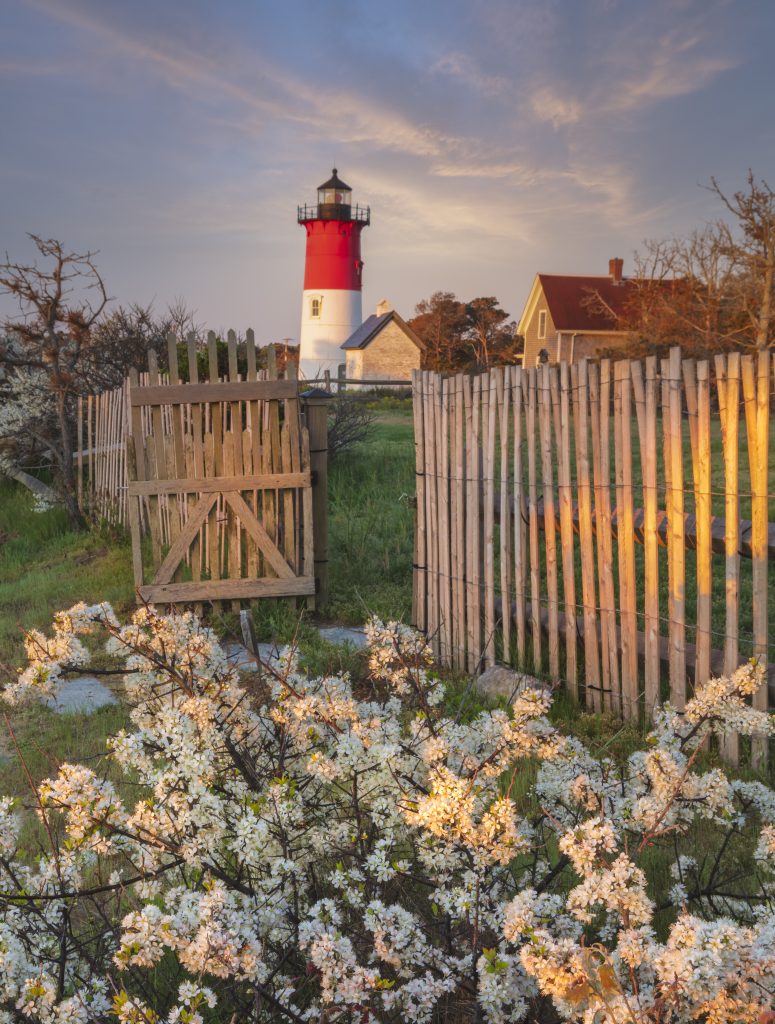
In addition to capturing his own images, Davies offers workshops to help others hone their landscape and cityscape photography skills. One woman purchased a workshop as a beginner for her birthday, and he taught her to shoot the moon and the waves along the beach. She was astonished by the result, marveling at the way she was able to detail the craters on the moon.
Davies recognized that rush of excitement from firsthand experience. “I used to get a similar feeling in chemistry when I used to do recrystallizations,” he recalls. “It’s the sort of thrill of having something dirty and messy, and then you do a crystallization, and it’s pure and clean,“ says Davies. He relished completing experiments then, just as he adores the process of creating a perfect photo now. “You realize you’ve done it, and it is so satisfying.”

